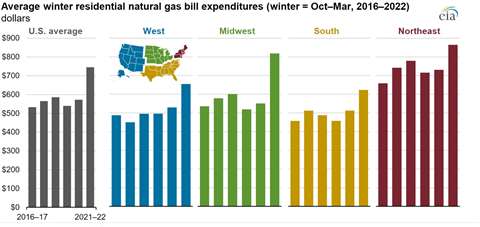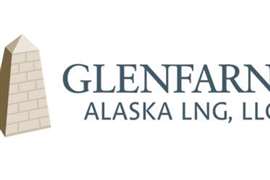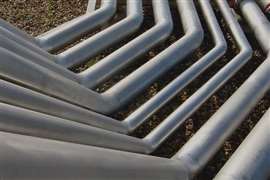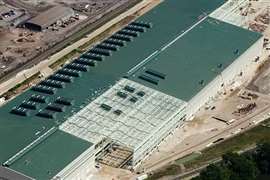U.S. households to pay 30% more to heat homes with gas, forecast shows
October 25, 2021

U.S. households that use natural gas to heat will pay 30% more this coming winter than than last winter, according to a recent forecast from the U.S. Energy Information Administration.
The EIA’s latest Winter Fuels Outlook forecast that U.S. households will spend an average of $746 heating their homes, about $172 more than last year. Natural gas is the primary fuel for heating for nearly half of U.S. homes, the EIA reported.
The higher gas bills are the result of stronger retail gas prices this winter and modest increase in expected consumption. On average, retail natural gas prices are expected to jump from $10.17/Mcf last year to $12.93/Mcf this winter, the strongest price since the winter of 2005 – 2006, the EIA reported.
“Our expectation of a colder winter is based on forecasts from the National Oceanid and Atmospheric Administration (NOAA),” the EIA said in its report. Cold weather can affect household heating expenditures in two ways. It raises the amount of energy required to keep a house at a given temperature. In addition, it raises demand and could cause disruption in supply of gas, the EIA reported.
The EIA forecast that U.S. residences will consume an average of 20.8 Bcf/d of gas. For households that depend on natural gas to heat their homes, the EIA said it expected household to reach 58 Mcf, up 2% from last year.
Although retail gas prices are expected to surge across the country, the largest increase is expected to occur in the Midwest, where the EIA forecast prices would reach $11.28/Mcf, an increase of 45% from the previous winter.
The EIA forecast that the increase in spot prices would push retail prices higher. It typically takes a couple of months for retail rates to react to stronger gas prices because of regulatory rate structures. Utilities generally cannot profit or lose money from natural gas commodity sales, but can pass costs along to the consumer.
In addition to the steady increase in natural gas spot prices over the last year, many utilities have had to boost prices for consumers after an unusual cold snap in February 2021. That hard freeze paralyzed large sections of the gas infrastructure in Texas and pushed prices higher. However, the retail prices for gas were already set for the month and utilities were unable to collect enough to cover the cost of the natural gas. To make up for the shortfall, many utilities have chosen to raise prices in subsequent months, the EIA reported.
In addition to stronger spot prices, the EIA also forecast that household consumption of gas for winter heating to reach 57.7 Mcf, a 2.4% increase from last winter. That increase is driven by a higher expected number of heating degree days compared with last winter. A third factor pushing prices higher is that natural as inventories ended September at 3.3 Bcf, down 5.5% from the five-year average for this time of the year, the EIA reported.
MAGAZINE
NEWSLETTER

CONNECT WITH THE TEAM








